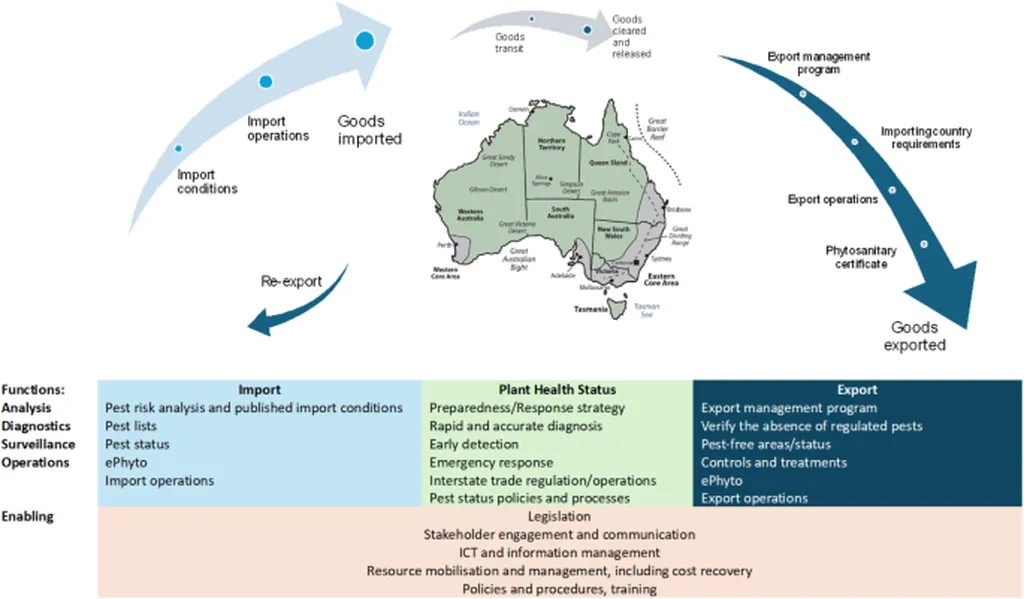In the vast, sun-drenched landscapes of Australia and the lush, green expanses of New Zealand, farmers are facing an age-old challenge: protecting their crops from invertebrate pests. As global concerns about the environmental impact of synthetic agrichemicals grow, researchers are turning to a more sustainable solution: augmentative biological control. This method involves releasing natural predators, parasitoids, and pathogens to keep pest populations in check. A recent study published in the journal *Biological Control* explores the unique opportunities and challenges of implementing this strategy in Australasia, offering insights that could shape the future of agriculture in the region and beyond.
The study, led by Mette-Cecilie Nielsen from the Bioeconomy Science Institute in Christchurch, New Zealand, highlights the critical role that augmentative biological control can play in integrated pest management (IPM) strategies. “The use of synthetic agrichemicals has been integral to crop protection, but concerns over their environmental impact, resistance development, and market access restrictions have prompted a shift toward more sustainable methods,” Nielsen explains. Augmentative biological control, she argues, is a favorable alternative that can help reduce reliance on these chemicals.
The research delves into the distinct environmental, regulatory, and cultural factors that influence the adoption of biological control agents (BCAs) in Australia and New Zealand. These countries, with their unique climates and biodiversity, present both opportunities and challenges for the application of augmentative biological control. For instance, the stringent biosecurity measures in place can make the importation of BCAs a complex process. However, as Nielsen points out, “the ongoing and future need for effective pest management strategies underscores the importance of exploring and overcoming these challenges.”
One of the key findings of the study is the potential for augmentative biological control to enhance the sustainability of agricultural practices in the region. By reducing the need for synthetic agrichemicals, this approach can help mitigate environmental impacts and improve market access for agricultural products. Moreover, it can contribute to the development of more resilient and adaptive farming systems, better equipped to withstand the pressures of climate change and invasive species.
The study also offers valuable insights into the future potential of augmentative biological control in Australia and New Zealand. As the agricultural sector continues to evolve, the integration of biological control methods into IPM strategies is likely to become increasingly important. “Augmentative biological control has been used globally for over a century, but its application in New Zealand and Australia presents unique challenges due to their distinct environments, regulatory frameworks, and biosecurity concerns,” Nielsen notes. By addressing these challenges and leveraging the opportunities, researchers and farmers can work together to create more sustainable and productive agricultural systems.
The research published in *Biological Control*, led by Mette-Cecilie Nielsen from the Bioeconomy Science Institute in Christchurch, New Zealand, provides a comprehensive overview of the current state and future potential of augmentative biological control in Australasia. As the agricultural sector continues to grapple with the challenges of pest management, this study offers a timely and thought-provoking exploration of a sustainable and effective solution. By embracing the opportunities and overcoming the challenges, farmers and researchers can pave the way for a more sustainable and productive future for agriculture in the region.

